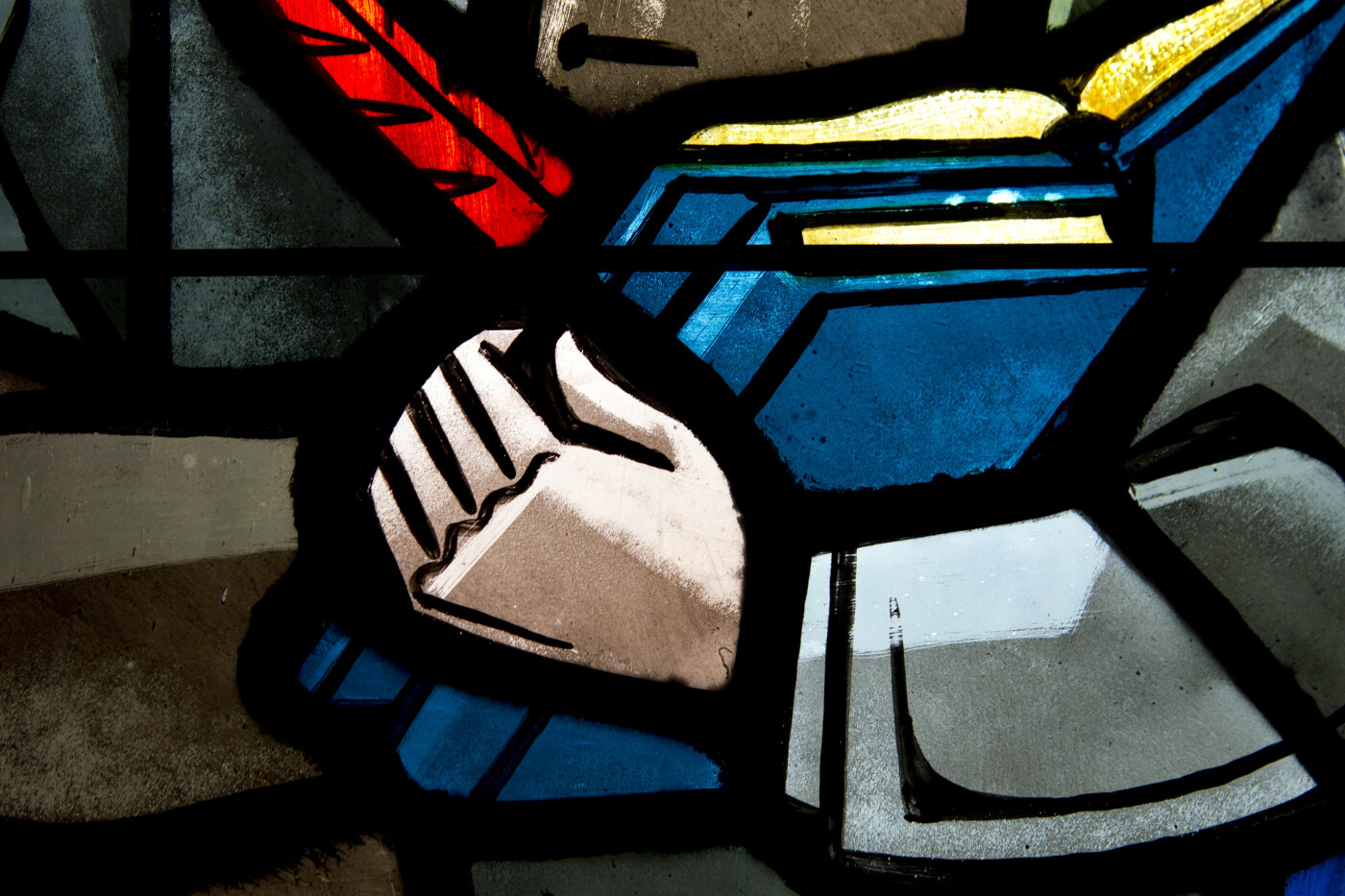Theology Matters: Why Should Christians Read the Old Testament?
Take a moment and remember the last time you went on a really interesting vacation. What was the one place you visited or activity you did that you just couldn’t stop talking about when you got home?
On the very day of the resurrection, Jesus said to his gathered disciples, “’These are my words that I spoke to you while I was still with you, that everything written about me in the Law of Moses and the Prophets and the Psalms must be fulfilled.’ Then he opened their minds to understand the Scriptures, and said to them, ‘Thus it is written, that the Christ should suffer and on the third day rise from the dead, and that repentance and forgiveness of sins should be proclaimed in his name to all nations, beginning from Jerusalem.’” (Luke 24:44-47 ESV) Jesus had just been through death, harrowed Hell, risen from the dead, ascended to the Father, and is now back to report on his saving work to his disciples. That was the most exciting trip ever made! And when he gets back to his dear friends and disciples, what is the one thing he just can’t stop talking about? The Old Testament!
Three times, in this meeting, he points his disciples back to the Old Testament. He spiritually opens their minds – not so that they can work miracles or preach sermons, but so that they could understand the Scriptures of the Old Testament! The risen and glorified Christ could point to no better doorway to the Gospel than Moses, the Prophets, and the Psalms. He has no better advertising for the saving work he did through His passion, death, resurrection, and ascension than the Old Testament. There is no stronger platform, in his mind, from which the message of repentance and forgiveness of sins can more effectively be launched into all the world and all of history than the record of God’s saving work among His people Israel. That’s a ringing endorsement from our Lord Himself! Why read the Old Testament? – because it reveals the same Gospel of Jesus Christ as we have in the New Testament.
And this isn’t the only time Jesus points to the Old Testament, properly interpreted, as the very Gospel itself. During his ministry, he told his followers over and over again that Moses and the Prophets predicted his passion. On the day of resurrection, it was the Old Testament that held the answer to the mystery of the empty tomb (John 20:9). On the road to Emmaus, Jesus even called his disciples ‘fools and slow of heart to believe’ for not seeing the very obvious truth that the Old Testament spoke plainly about his passion. How foolish is Jesus’ church still today, if we cannot see him in those same books of Moses, the Prophets, and the Psalms? We need Christ to enlighten our minds, open our eyes, and reinforce through the breaking of bread (yes, even our Eucharistic worship illuminates the Old Testament) that message which began in Genesis thousands of years before.
Those same disciples to whom Jesus taught the Old Testament began to write down what Jesus taught them about the Gospel in the Old Testament – we call these writings the New Testament. Whenever a New Testament author mentions “scripture” he means the Old Testament scripture, because that is all they had. Peter and Paul, in the Acts of the Apostles and in their letters, constantly quote the Old Testament. If we claim to be an apostolic church, we must continue to read the same scriptures which the apostles used: the Old Testament.
The Apostles also began to teach other people, passing on what Jesus taught them to new generations of Christian leaders – we call them the Early Church Fathers, and their works are still published today. Every one of them sees the Old Testament, properly interpreted, as a clear message about Jesus. They continued to teach what their teachers had learned from our Lord himself, the Great Teacher of the Old Testament.
With such ringing endorsements, how can Christians ignore the Old Testament? Yes, it can be difficult to understand, and its cultures and practices seem remote to us today. But it is the foundation and first proclamation of the Gospel of Jesus Christ. There may also be hundreds of other reasons to read it. The history is interesting. Its story-telling is beyond compare. Hebrew poetry is gorgeous and powerful. God reveals Himself in these words. The inspired wisdom of the ancients can guide our lives today. We find models there for good communities and governments. Its stories of courage and perseverance inspire us. But first and foremost, Christians read the Old Testament because Jesus insisted that it is God’s inspired Word about himself.
The Rev. John A. Thorpe is Chaplain at St. John's Episcopal School in Dallas


